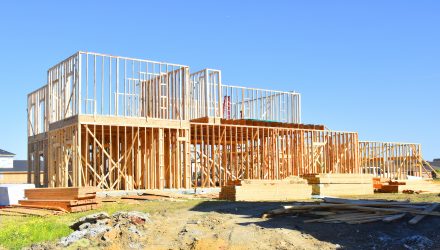While America is filled with cautious optimism regarding the reopening of the country, prompting homebuyers to continue to search for available properties, there is ironically a noticeable decline in the number of homes for sale.
While there is no hard data yet, real estate agents on the street claim they are noticing more apartment renters now searching for single-family homes after a pullback recently, while the number of homes for sale is largely stagnant.
The number of for-sale listings tanked in April, as both buyers and sellers went on hiatus as the coronavirus pandemic worsened. For the week ending May 2, total listings fell 19% annually, and new listings declined by 39%, according to realtor.com.
“It seems like the number of houses on the market had kind of paused,” said Noah Graubart, a would-be homebuyer who toured a home with his wife and daughter. The couple and agent were all wearing masks, as a precaution against the coronavirus, and relieved that the open house was not full. “As long as it’s not crowded. I would have waited until other people came out.”
Increased April Activity
April did see some increased listing activity, however. Compass, a real estate brokerage, said the average number of its contracted listings reached a trough on April 12 and was down 40% from the average before the shelter-in-place orders began in March. By April 20, Compass saw the average number of contracts recover to a point prior to the quarantine restrictions. By the end of April, contracts had climbed 24% higher than before the shutdown, and an increase of 64% from the April 12 low.
Still, while buyers are ready to make a purchase, sellers are the ones being coy, according to realtors.
“We’ve had buyers ready, willing and able, and the sellers have been the ones who have pulled their homes, changed their minds,” said Ben Hirsh, real estate agent for the Atlanta home. “It’s probably a bigger hurdle to get over, to put your home on the market, and invite people in than it is to go look at homes as a buyer.”
Hirsh said he had two sellers in the last week who were nearly ready to put their homes on the market when they just decided to hold off.
“I don’t see the lack of inventory, which was already an issue before this happened, I certainly don’t see that loosening up anytime soon,” Hirsch added.
For homebuilders, this dearth of sellers could be a cause for the nation’s sudden spike in demand, as home builders scramble to fill a need for more available homes. Homebuilders also often construct in the suburbs and exurbs, farther away from urban cores. Recently there is a trend in consumers desiring more space inside and outside of their homes.
All this could be good news for homebuilder ETFs, which allow investors to gain direct exposure to the home building industry in a cost-effective and simple way.
For ETF investors looking to allocate a portion of the portfolios to homebuilding, the iShares U.S. Home Construction ETF (NYSEArca: ITB), SPDR S&P Homebuilders ETF (NYSEArca: XHB), and Invesco Dynamic Building & Construction ETF (NYSEArca: PKB) are all options to consider.
For more market trends, visit ETF Trends.
